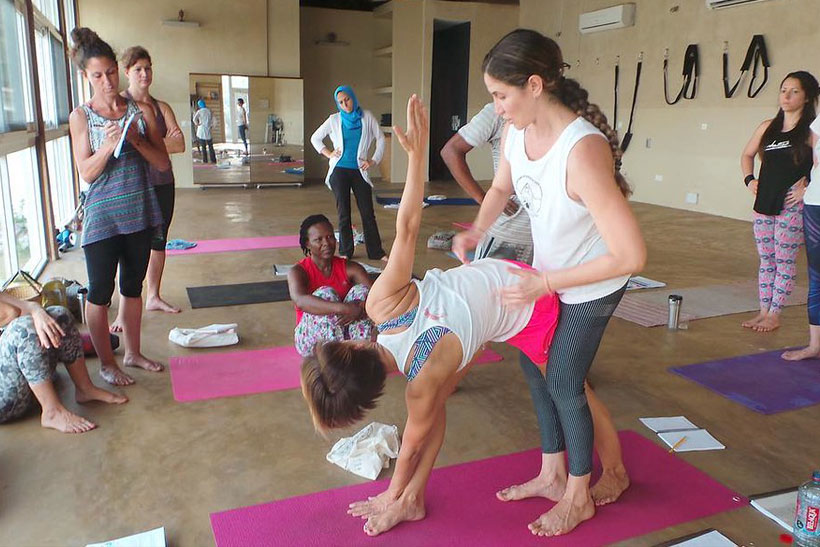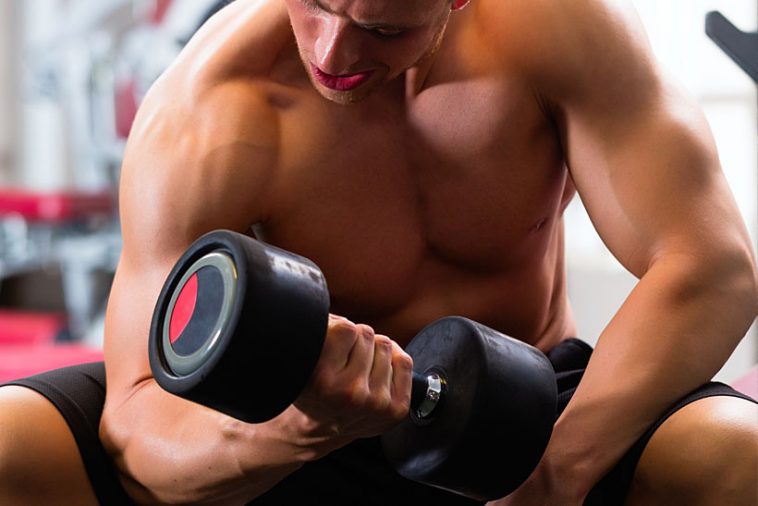- Like
- SHARE
- Digg
- Del
- Tumblr
- VKontakte
- Flattr
- Buffer
- Love This
- Save
- Odnoklassniki
- Meneame
- Blogger
- Amazon
- Yahoo Mail
- Gmail
- AOL
- Newsvine
- HackerNews
- Evernote
- MySpace
- Mail.ru
- Viadeo
- Line
- Comments
- Yummly
- SMS
- Viber
- Telegram
- JOIN
- Skype
- Facebook Messenger
- Kakao
- LiveJournal
- Yammer
- Edgar
- Fintel
- Mix
- Instapaper
- Copy Link
Introduction
Some kind of exercise routine is important for everyone that wants to stay healthy. But if you have specific body goals in mind beyond keeping ordinarily fit, then you need to tailor your workout accordingly.
Building muscle is something that many people want to achieve, and exercise is an important part of the process. But muscle building is really a combination of three factors: strength training, the right diet, and plenty of rest.
The most common mistake made by beginners is to focus on the exercise while neglecting their diet and most typically of all, not taking the rest time or committing to enough sleep for muscles to develop.
Key Tips for New Gym Goers
Here are some key tips to help new gym goers best start to build up muscle safely and consistently.
Planning an Exercise Routine
There are plenty of muscle-building exercises that you can do at home, but for best results you’ll need to hit the gym. Make sure it’s equipped for your requirements however. You don’t need fancy weight machines: look for a squat rack, barbells and a bench, plus space for pull-ups, chin-ups and dips.
You can find some great workout and exercise routine ideas at Body Pass, alongside professional advice on bodybuilding and the science of exercise. There’s also nutrition advice to keep you healthy and on track with your muscle-building regime. Following a professionally recommended routine will help you avoid injury and should stop you getting into bad habits that will be hard to break later on.
Warming Up

A full warm-up routine is essential before you start exercising proper. This will get your heart rate up and your muscles ready for action.
Going straight into a full-on exercise routine without warming up is a sure-fire way to suffer an injury that could put you out of action for weeks or even months.
Do some stretches and bends, punch and kick the air, and swing your body around as you generally loosen up. Try a few push-ups, or running on the spot. If you’re able, jump rope or go a few rounds on an exercise bike. You should also remember to stretch and do a gentle cooling down routine after you’ve finished exercising, and before you hit the shower.
Exercising at Home
To build muscle you should be doing bodyweight exercises that use multiple muscle groups. Circuit weight training is the most effective way to achieve this end, though remember that eating the right diet remains crucial. Go for a combination of squats, push-ups, walking lunges, weight lifting, jumping jacks and planking. Do 10 to 20 of each one after the other. Rest briefly, and then repeat the circuit. If you can, rest again and repeat a third time.
Exercising in the Gym
A similar combination of full body exercises in circuit should be undertaken in the gym, but here you can take advantage of the specialist equipment available. Push and pull exercises should be combined with exercises that focus on the legs and the core body.
Good push exercises include bench pressing, overhead presses and dips. For pull exercises, look to inverted rows, pull-ups and chin-ups. Squats, deadlifts and lunges are good for your legs, while reverse crunches, hanging knee raises and planks will work on your core. Aim for 45 minutes of intense exercise a day, three days a week. Vary the exercises in each category each day.
Rest Days
A classic beginner’s mistake is to attempt to do the same exercise routine every day. Not only does this increase the risk of burnout and injury, it also doesn’t give your body time to actually build the muscle you want. A basic exercise routine every day is a good idea for everyone, but intense muscle-building workouts should only be undertaken every other day at most. On rest days, swap them out for a properly planned run or a cardio routine. But remember to get plenty of sleep: if you’re doing a full workout two to three days a week you’ll need at least eight or nine hours of sleep a night.
Gradual Increase
When lifting weights, always do a set or two where you’re just lifting the bar to begin with. Then add weight and do some warm-up sets before progressing to the full weight that you want to lift. Keep a training journal detailing exactly how many exercises you did each day, and how much you lifted. You can then increase the weight gradually each week. Noting your progress in terms of achievement will help to keep you motivated, and a journal is also a great way to keep track of your nutritional intake.
Converting Calories to Muscle
Muscles don’t come from nowhere. You need to put the raw material into your body in the form of food, or calories, and then convert it to muscle by doing the right type and amount of exercise. However, while the exercise will burn off the calories you’ve put in, it’s during the rest periods that your body actually rebuilds the muscles in bigger and better form, burning off more calories in the process.
We’re so used to being told that keeping fit means cutting down on calories. That’s fine if you want to lose weight, but if you want to put on muscle you’ll probably need to up your calorie intake. Eat plenty of healthy foods, with the emphasis on protein. Avoid processed and sugary products but consider protein shakes alongside a natural wholefood diet with a good selection of fresh vegetables alongside meat and carbs (vegetarians can build muscle too, but good quality meat is most effective).
Conclusion
Rest, nutrition and exercise are the three cornerstones of muscle building. All are equally important, but diet is often the factor that means success or failure for most people.
A fitness coach can help to make sure you’re getting the balance right, and can also help you to work out a routine that’s right for your body type, age and lifestyle.
Building muscle can be easy if you’re prepared to put the work in and stay focused. Stay on course and look forward to seeing the new you.
About Theresa Duncan
Originally from Detroit, MI, Theresa has been offering health and fitness advice for the last 30 years while working as an engineer. She decided to turn her passion into a profession, and finds nothing more satisfying than helping others reach their health and fitness goals.

